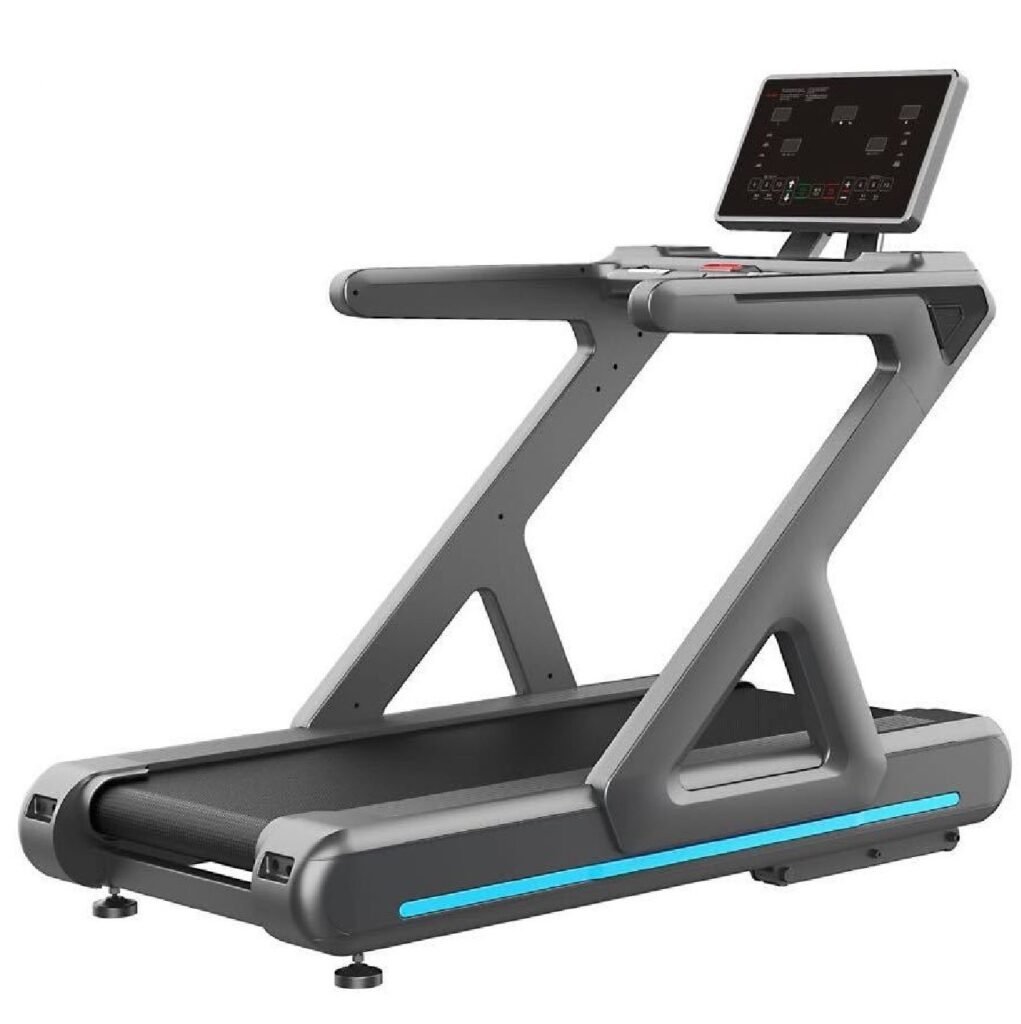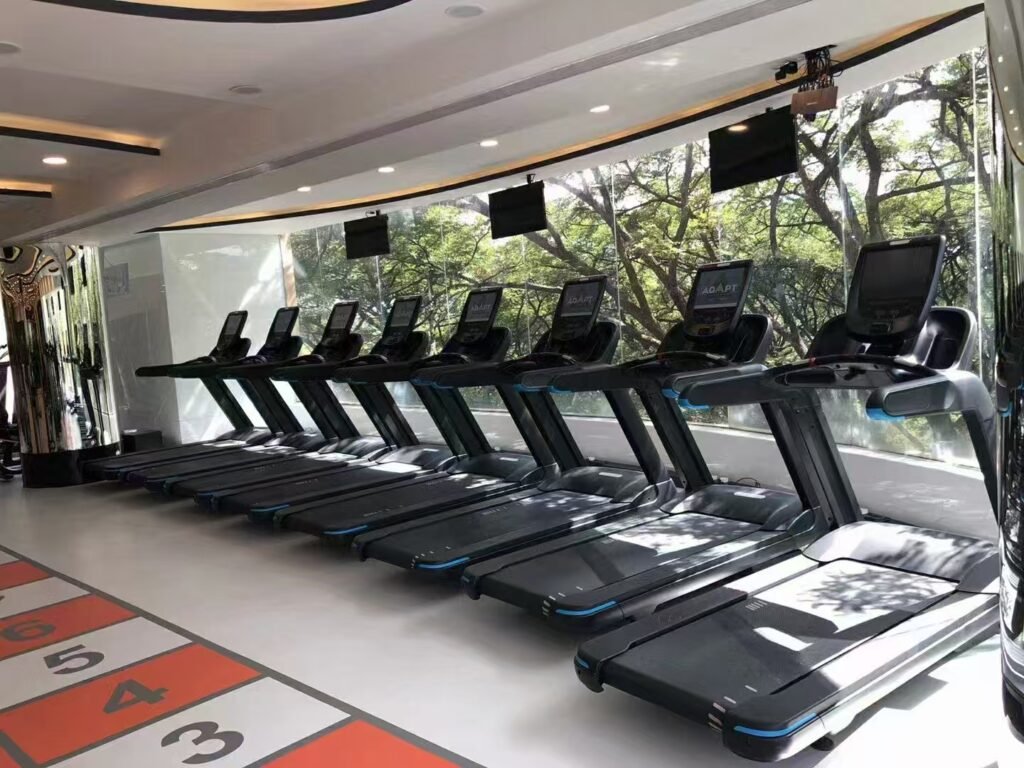Introduction
The fitness industry continues to grow, and selecting the right equipment is critical for both personal users and GYM CULB owners. Whether you’re a fitness enthusiast or a Fitness Studio manager, understanding how to choose the right treadmill, evaluate fitness equipment, and maximize profitability is essential. This guide answers key questions about commercial treadmills, gym operations, and the role of a trusted GYM Manufacturer like Gettinglong.

Part 1: Choosing the Right Commercial Treadmill
1. How Do I Pick the Right Treadmill for Me?
When selecting a treadmill, consider your goals, budget, and space. For commercial use, prioritize durability, motor power (3.0+ HP), and user capacity. Look for models with anaerobic inserts for interval training and compatibility with accessories like training racks. Brands like Gettinglong offer treadmills with customizable settings to suit diverse fitness levels.
2. What Kind of Treadmills Do Gyms Use?
Most gym equipment in commercial spaces includes heavy-duty electric treadmills with shock absorption, incline options (up to 15%), and touchscreen interfaces. These models withstand high-frequency use and integrate with other fitness equipment, such as elliptical machines or rowing machines, to create a holistic workout environment.

3. How to Identify a Good Treadmill?
A high-quality treadmill features:
A robust frame (steel or reinforced aluminum)
Continuous-duty motor with cooling technology
Warranty coverage (minimum 5 years for commercial use)
Safety features like emergency stop buttons

4. Is Manual or Electric Treadmill Better?
Electric treadmills dominate Fitness Studio settings due to programmable workouts, adjustable speeds, and data tracking. Manual treadmills suit budget-conscious users but lack advanced features.
5. What Is the Best Treadmill Setting for Beginners?
Start with low speed (3–4 mph) and a 1–2% incline. Gradually incorporate interval training using anaerobic inserts to build endurance.

